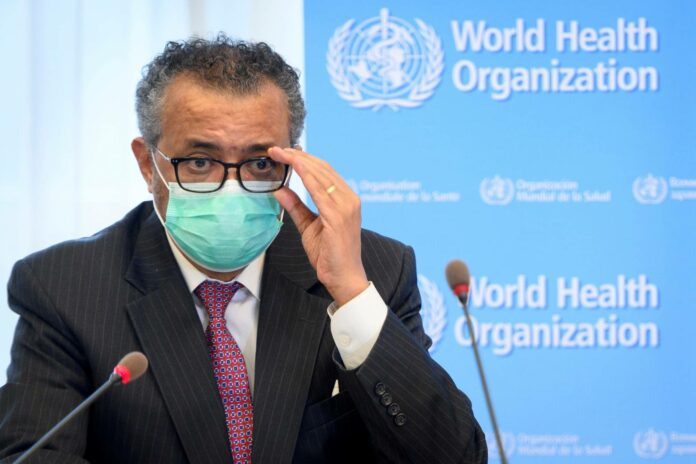
China has become the first country in the Western Pacific Region to be declared malaria-free in over three decades.
On Wednesday, the World Health Organization (WHO) declared China officially malaria-free. This is the first time in over thirty years that a country in the Western Pacific region has eliminated the disease. Other countries in the region that have previously reached a malaria-free status include Australia and Singapore.
Their success was hard-earned and came only after decades of targeted and sustained action. With this announcement, China joins the growing number of countries that are showing the world that a malaria-free future is a viable goal.
Dr Tedros Adhanom Ghebreyesus, WHO Director-General
A country must have 3 consecutive years of zero malaria cases for it to apply for a WHO certification of malaria-free status. Over the years, 40 countries and territories around the world have received the certification. Among them are Argentina, Algeria, Greece, and Japan.
Malaria is a life-threatening disease spread by Plasmodium parasites-carrying female Anopheles mosquitoes. In 2019, WHO reported approximately 229 million malaria cases of malaria from across the globe. According to the World malaria report, nearly half of the world’s population is at risk of contracting the mosquito-borne disease. Among them, children under 5 years of age form the most high-risk group. Although the African Region carries a huge proportion of the global malaria burden, countries around the world continue to suffer from the disease.
A 70-year Effort
In the 1940s, China reported an annual 30 million cases of malaria. As a result, health authorities began working on antimalarials and effective vector control measures. In 1967, Chinese Communist Party Chairman Mao Zedong launched ‘Project 523’. The aim was to find a new treatment for malaria and reduce the disease burden. The efforts of more than 500 scientists resulted in the discovery of the drug artemisinin. It is still in use today and is one of the most effective antimalarial drugs.
Later in the 1980s, China began testing insecticide-treated nets (ITNs) for preventing malaria. Thus, resulting in a significant reduction of malaria cases in the country. Within the next 10 years, the country’s deaths decreased by 95% and the number of cases fell to 5000 per year.
In 2020, the country applied for an official WHO certification after 4 consecutive years of zero indigenous cases.
Over many decades, China’s ability to think outside the box served the country well in its own response to malaria, and also had a significant ripple effect globally. The Government and its people were always searching for new and innovative ways to accelerate the pace of progress towards elimination.
Dr Pedro Alonso, Director of the WHO Global Malaria Programme
Although the country is malaria-free at the moment, WHO warns of imported cases as the country borders 2 malaria-endemic countries. However, China continues to have strict malaria surveillance in high-risk areas to prevent the re-emergence of cases.
Source: World Health Organization



